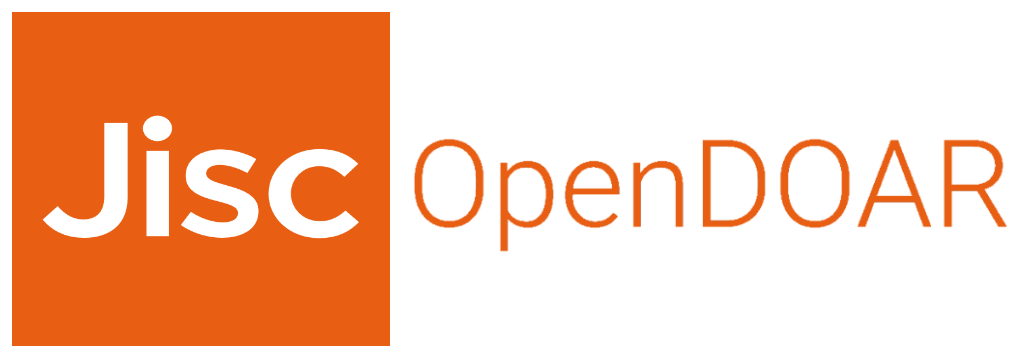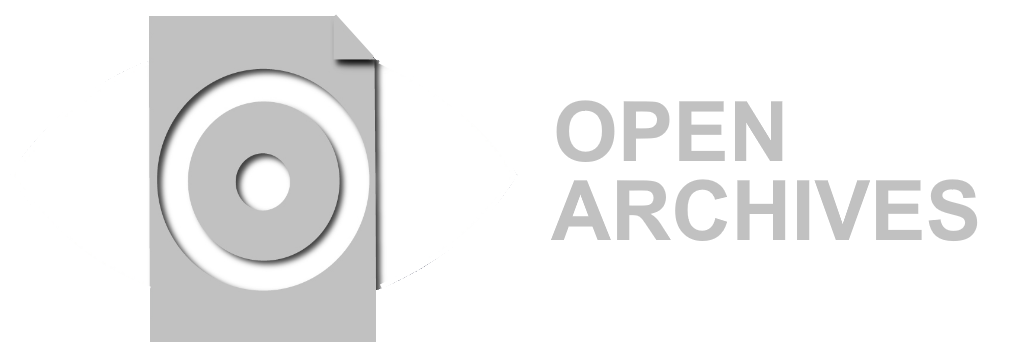Los sistemas de foto-detección de infracciones al transito: un mecanismo efectivo de control y prevención o una fuente de ingreso para sus operadores
Trabajo de grado - Pregrado
2019
Colegio Mayor de Cundinamarca
El presente documento analiza los sistemas de foto detección de
infracciones al tránsito como instrumento técnico de apoyo que facilita los
procesos de imposición de comparendos, en él se pueden considerar como
funcionan los elementos de carácter técnico operativo de avanzada
tecnología, implantados con el objeto de brindar apoyo a las autoridades
encargadas del ordenamiento del tránsito en el país.
Para entender el fenómeno de la foto detección de infracciones al
tránsito en Colombia es necesario hacer una revisión tenue de su
implantación, para así entender su expansión en el marco de un corto
desarrollo normativo.
Se pone de presente que las ayudas tecnológicas frente al tránsito en
Colombia se introdujeron con la Ley 729 de 2002, Código Nacional de
Tránsito, que da la facultad de implementar equipos tecnológicos para la
aprobación de posibles infracciones que puedan surgir con ocasión de la
actividad de conducir un vehículo, y se consolidaron con la entrada en
vigencia del artículo 86 de la Ley 1450 de 2011 (Plan Nacional de Desarrollo
2011-2014), no obstante estas ayudas tecnológicas se han prestado por
medio de un operador privado ya que en la mayoría de casos, los
organismos de transito no cuentan con la capacidad institucional y de
infraestructura para ponerlos en funcionamiento y operarlos directamente.
Considerando lo anterior, lo que ocupa especial interés es el esquema
o la manera de implantar las ayudas tecnológicas enmarcadas en sistemas
de foto detección de infracciones al tránsito, su operación y el impacto
económico que resulta para los presuntos infractores de la norma, pues en la
operación propiamente dicha, se están regulando situaciones que escapan a
la órbita de la competencia de las autoridades administrativas locales, todo
en concordancia con los términos de la legal aplicación de la norma .
9
Finalmente es de advertir que escapa del objeto de análisis el
abordaje de la constitucionalidad, la legalidad y la legitimidad de la
imposición de la foto detección de infracciones o el examen jurídico de la
notificación de los mismos en el marco de la garantía de los derechos
fundamentales. Pues sobre estos tópicos existen ya amplios
pronunciamientos jurisprudenciales que han decantado este asunto.
PALABRAS CLAVE, Sistemas de foto detección, infracciones al tránsito,
control, prevención, fuentes de ingresos, operadores. This document analyzes the photo detection systems of traffic
violations as a technical support instrument that facilitates the processes of
imposition of appeals, it can be considered how the operating technical
elements of advanced technology, implemented in order to provide support to
the authorities in charge of traffic management in the country.
To understand the phenomenon of photo detection of traffic violations
in Colombia, it is necessary to make a tenuous review of its implementation,
in order to understand its expansion within the framework of a short
regulatory development.
It is clear that technological aids against traffic in Colombia were
introduced with Law 729 of 2002, National Traffic Code, which gives the
power to implement technological equipment for the approval of possible
infractions that may arise during the activity of drive a vehicle, and were
consolidated with the entry into force of article 86 of Law 1450 of 2011
(National Development Plan 2011-2014), however these technological aids
have been provided through a private operator since in most of cases, transit
agencies do not have the institutional and infrastructure capacity to put them
into operation and operate them directly.
10
Considering the above, what occupies special interest is the scheme or
the way to implement the technological aids framed in photo detection
systems of traffic violations, their operation and the economic impact that
results for the alleged violators of the norm, since in the The transaction itself
is regulating situations that are beyond the competence of local administrative
authorities, all in accordance with the terms of the legal application of the
standard.
Finally, it should be noted that the approach to the constitutionality,
legality and legitimacy of the imposition of the photo detection of
infringements or the legal examination of their notification within the
framework of the guarantee of fundamental rights escapes the object of
analysis. Well, on these topics there are already broad jurisprudential
pronouncements that have opted for this issue.
- ADA. Derecho [303]
Descripción:
MONOGRAFIA_SUSTENTACION.pdf
Título: MONOGRAFIA_SUSTENTACION.pdf
Tamaño: 1.488Mb
 PDF
PDF
Descripción: 2_ANEXO_20112019 PRESENTACION MONOGRAFIA.pdf
Título: 2_ANEXO_20112019 PRESENTACION MONOGRAFIA.pdf
Tamaño: 912.7Kb
 PDF
PDF
Descripción: CARTA DERECHOS DE AUTOR firmada.pdf
Título: CARTA DERECHOS DE AUTOR firmada.pdf
Tamaño: 423.7Kb
 PDF
PDF
Descripción: ACTA _CARO USCATEGUI SERGIO ANDRÉS.pdf
Título: ACTA _CARO USCATEGUI SERGIO ANDRÉS.pdf
Tamaño: 50.27Kb
 PDF
PDF
Descripción: FORMATO IDENTIFICACIÓN TRABAJOS DE GRADO(firmado).pdf
Título: FORMATO IDENTIFICACIÓN TRABAJOS DE GRADO(firmado).pdf
Tamaño: 155.3Kb
 PDF
PDF
Título: MONOGRAFIA_SUSTENTACION.pdf
Tamaño: 1.488Mb
 PDF
PDF
Descripción: 2_ANEXO_20112019 PRESENTACION MONOGRAFIA.pdf
Título: 2_ANEXO_20112019 PRESENTACION MONOGRAFIA.pdf
Tamaño: 912.7Kb
 PDF
PDF
Descripción: CARTA DERECHOS DE AUTOR firmada.pdf
Título: CARTA DERECHOS DE AUTOR firmada.pdf
Tamaño: 423.7Kb
 PDF
PDF
Descripción: ACTA _CARO USCATEGUI SERGIO ANDRÉS.pdf
Título: ACTA _CARO USCATEGUI SERGIO ANDRÉS.pdf
Tamaño: 50.27Kb
 PDF
PDF
Descripción: FORMATO IDENTIFICACIÓN TRABAJOS DE GRADO(firmado).pdf
Título: FORMATO IDENTIFICACIÓN TRABAJOS DE GRADO(firmado).pdf
Tamaño: 155.3Kb
 PDF
PDF





















